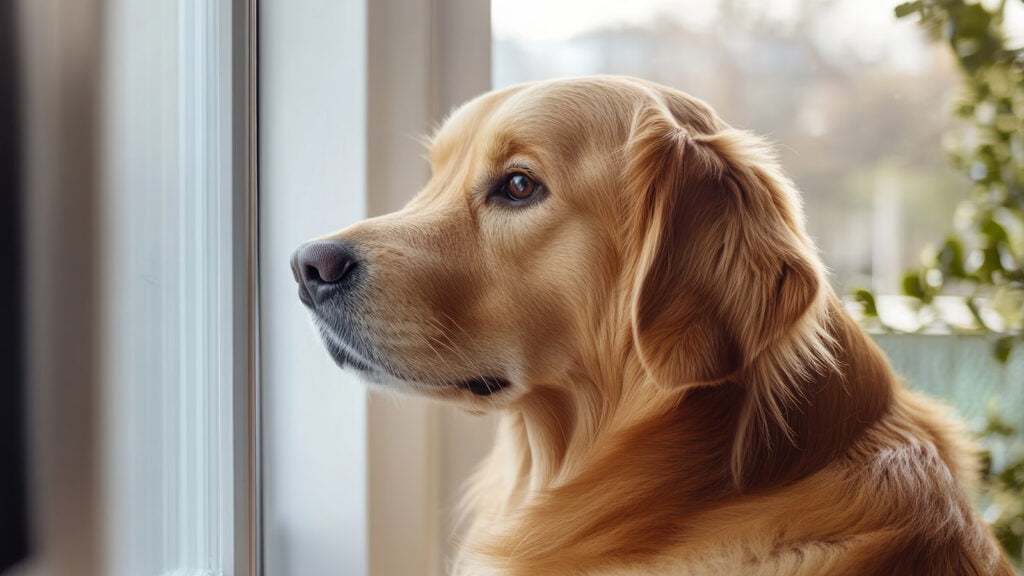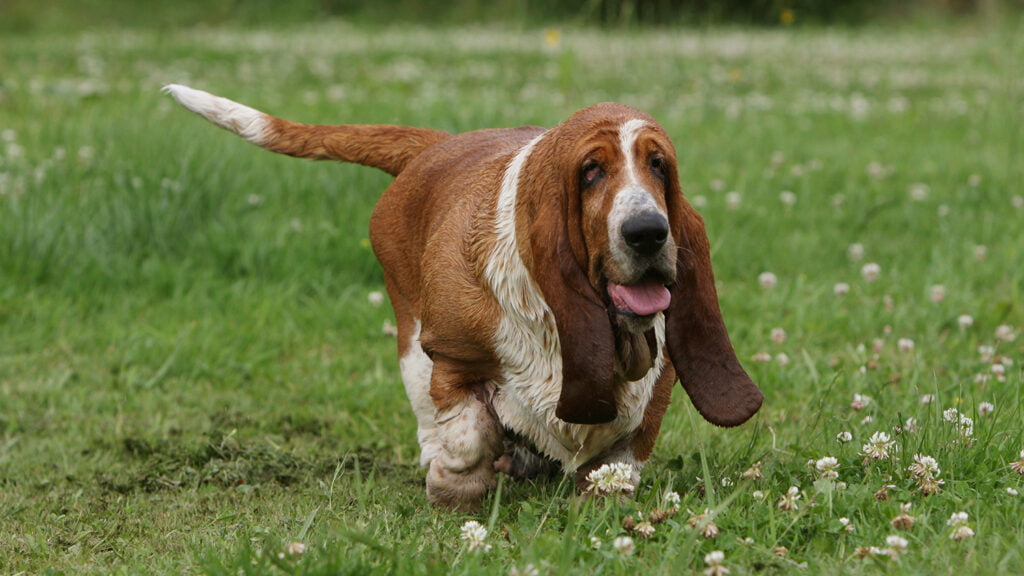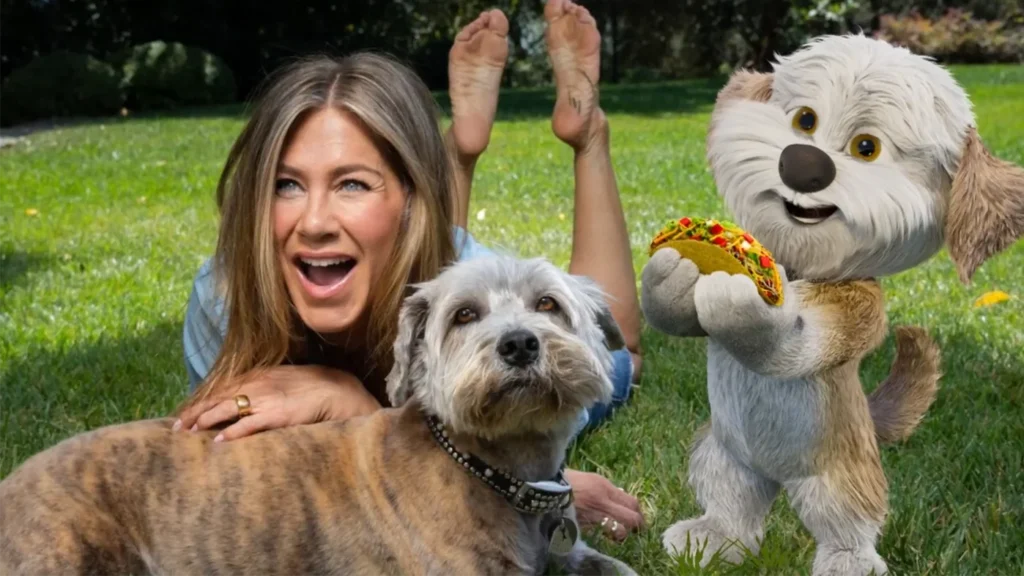Help Your Dog Cope with the Back to School Blues

Something is changing. Max can sense it. The Golden Retriever’s home is suddenly buzzing with frenzied activity. A potent mix of excitement and nervous energy permeates the Johnson house. Backpacks bulging with fresh school supplies dot the floor as kids dart from room to room in a whirlwind of preparation. Max’s tail, typically a metronome of joy, now hangs low as he watches this unsettling scene unfold.
For the past few sun-soaked summer months, Max has been living a dog’s dream life – tail-deep in constant companionship, leisurely walks in the park, poolside play, non-stop petting, and endless games of fetch. But now, his family’s behavior seems downright bizarre. A palpable sense of unease settles over the puzzled pup.
As the “dog days of summer” wane, families across the country, much like the Johnsons, are swept up in the annual back-to-school frenzy. Parents scrutinize supply lists, and children model new outfits, as the carefree rhythm of summer reluctantly yields to the structured cadence of the school year. Yet amid this whirlwind, it’s easy to overlook one family member silently grappling with the transition – the family dog.
For our canine companions, the dawn of a new school year heralds a dramatic shift in their daily lives. Their human family members’ abrupt absence can be bewildering and stressful. Like Max, countless dogs across the country face long, eerily quiet days after a summer brimming with activity and attention. This sudden upheaval in routine can trigger behavioral issues and anxiety in our furry family members. But take heart – with a little understanding and thoughtful preparation, we can guide our dogs through this transition with minimal stress.
This article explores why the back-to-school season can be challenging for dogs and offers proven strategies to smooth their adjustment. Whether you’re a veteran pet parent or a first-time dog owner, these insights will help ensure that every family member – including those with four legs and a wagging tail – embarks on a successful start to the school year.
Decoding Doggy Distress: Recognizing Back-to-School Anxiety
Dogs are creatures of habit, thriving on routine and predictability. The sudden shift from lazy summer days filled with constant companionship to long, quiet hours alone can be jarring for our canine friends. The stress from change will cause some dogs to misbehave.
Here are some signs that your dog might be struggling with the back-to-school transition:
- Excessive barking, whining, or howling, especially in rhythmic intervals
- Destructive behavior, such as chewing furniture or scratching doors
- House-training regression leading to accidents in the house
- Loss of appetite or refusal to eat when alone
- Increased clinginess when family members are home
- Pacing, drooling, or shaking
- Escape attempts
It’s important to remember that when your dog acts out, these behaviors aren’t your dog being “bad” – they’re signs of genuine distress. With understanding and preparation, you can help your best friend navigate this challenging transition.
Pawsitive Strategies: A Guide to Smooth Transitions
1. Gradual Goodbyes: Easing into Separation
Start adjusting your dog’s routine before the school year begins. Gradually introducing your dog to a new routine early eases acclimation and acceptance. Here are ways to avoid abrupt change:
- Gradually shift feeding times, walks, and play sessions to match the upcoming schedule.
- Practice short departures, gradually increasing the time you’re away.
- If possible, enroll kids in summer activities to get your dog used to periods of quiet.
Reducing the shock of an abrupt change can go a long way in helping your dog cope and adjust. Be mindful that feeding times and outdoor breaks are key events in a canine’s sense of order.
2. Cozy Corners: Creating a Canine Comfort Zone
Designate a cozy area where your dog feels safe and secure. This “pup cave” should include:
- Familiar bedding and toys
- Articles of old clothing with the familiar scent of human family members
- A comfortable crate or bed
- Calming music or white noise
- A pheromone diffuser or spray to promote relaxation
You might consider DOGTV, a 24/7 TV channel designed for dogs. “DOGTV was created for the home-alone pet to alleviate stress, anxiety, and loneliness.” Programming created with the help of dog behavior specialists and color-adjusted to appeal to dogs, features 3-6 minute segments that let your dog enjoy calming music and streaming video all day while the family is away.
3. Brainy Boredom Busters: Mental Stimulation for Solo Time
Keep your dog occupied and mentally stimulated while alone:
- Leave puzzle toys or treat-dispensing toys to keep your dog engaged.
- Hide treats around the house for your dog to find throughout the day.
- Consider using interactive toys that dispense treats or provide challenges.
There are many popular choices of interactive dog toys from companies like Kong, West Paw, Project Hive, Outward Hound, and more. The award-winning Pupsicle and the newly introduced Bite n’ Brush from Woof have garnered recent attention.
4. Fitness for Fido (and You Too): Establishing a New Exercise Routine
A tired dog is often a calmer dog. A morning exercise routine is important. Hard as it may be, try to get up earlier to allow time for a long walk or play session in the yard to release their early morning energy. Then your pet can rest during the day while you are gone and be ready for playtime again when you come home.
Consider these options:
- Schedule a vigorous morning walk or play session before leaving.
- Arrange for a midday dog walker or play session if possible.
- Plan for evening exercise and playtime when everyone returns home.
You can even use the time to get some needed exercise for yourself. Beyond a brisk walk, you may want to try a run with your dog. This American Kennel Club article is a guide to training your dog to run with you.
5. Zen Departures and Returns: Mastering the Art of Calm
How you leave and return can significantly impact your dog’s anxiety levels. Follow these tips:
- Keep departures low-key. Avoid long, emotional goodbyes.
- Similarly, remain calm when returning home. Wait until your dog settles before giving attention.
- Create positive associations with your departure by offering a special treat or toy just before you leave.
We often talk about training our dogs, but humans need training too. If we make a big deal of departing and returning by lavishing love on our furry friends as we leave and return, we only exacerbate their stress. You may be just as sad to leave your dog behind as you go and just as excited to see your precious pup as they are to see you when you return, but leaving calmly and withholding attention for several minutes when you first get home will teach your dog to think of your absence as less of a big deal.
6. When DIY Isn’t Enough: Seeking Professional Support
If your dog shows persistent signs of distress or anxiety despite your best efforts, it may be time to consult a professional. A veterinarian can rule out any underlying health issues and may recommend behavior modification techniques or, in some cases, anti-anxiety medications.
- Consult your vet.
- Hire a dog trainer or behaviorist to help.
- Hire a dog-walking service for mid-day visits.
Every dog is unique and responds to the stress of changed routines and separation in unique ways. Sometimes, that means professional help is required. Don’t blame yourself or your dog if extra help is needed.
Collar Those Back-to-School Blues
Returning to school is a big adjustment for the whole family, including our furry friends. Understanding your dog’s perspective and implementing these strategies can help ease the transition and ensure your canine companion remains happy and well-adjusted throughout the school year.
Remember, every dog is unique, so be patient and observant as you find what works best for your four-legged family member. With a little extra care and attention, you and your dog can ace this back-to-school season together, creating a harmonious routine that works for everyone in the household.
As you navigate this transition, keep in mind that your dog’s behavior is a reflection of their emotional state. Like an invisible leash connecting you, your patience, understanding, and consistent care will guide your furry friend through this change, strengthening your bond in the process.
Before long, Max and dogs like him across the country will be wagging their tails at the sound of backpacks zipping up. They’ll learn that while the day may bring some quiet time, it always ends with joyful reunions and loving companionship. And who knows? Max – and even your dog – might discover that a little “me time” during the day isn’t so bad after all, especially when it means extra-special playtime when their favorite humans return home.




Responses